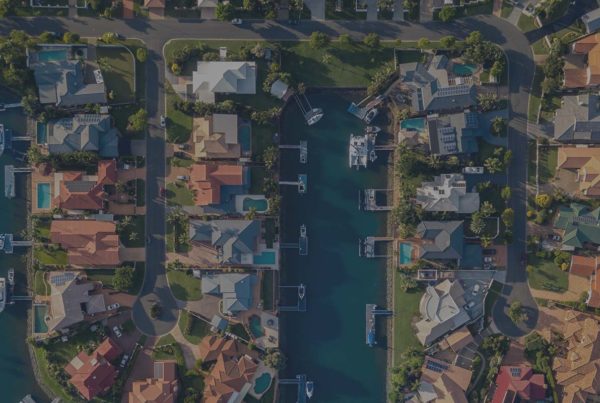In this article, we interview new Darkhorse team member Dan Bishop about the whys and hows of call centre performance improvement.
Why should you look for improvements in your call centre?
In short, everything starts with your call centre. It ensures you get the right resources, to the right call, at the right time.
Another way to look at it is leverage. Every second of improvement in the call centre gets applied to every call. As we’ve talked about before, a 10 second improvement will have about the same impact as adding a station. In fact, improving performance in your call centre is often the cheapest and fastest way to move the dial. If done right, you’ll improve the quality of your responses at the same time.
How can you know that improvements are possible?
The best way to determine what improvements are available is to compare yourself to industry benchmarks. If benchmarks aren’t being met, or your performance is all over the map, then it’s almost certain that you have room to improve.
So where should you start?
This depends on how your call centre is structured and the technology you are using. Call handling is best tackled through protocol and process changes; dispatch is usually helped by technology. Call handling improvements are typically the best place to start because you not only improve your times, but you ensure the right resources are matched to the call.
How can you actually improve call times?
First off, determine where you are going to get the “best bang for your buck”. Then start an improvement initiative. Collect the data you need to identify the problem and then engage your team on ways to fix it. Brainstorm ideas and solicit feedback from your people. They’re closest to the action and will have fruitful suggestions. Educate the staff on how important this is and the body of evidence showing the opportunity to improve.
The challenge is to be able to take ownership of the “system” issues and let staff take responsibility for what they can impact.
How does technology play into this? What technology should you have in place?
At minimum, you need to have the ability to measure performance consistently. Secondly, your technology needs to facilitate both speed and accuracy in call taking and dispatching. Your goal should be automatic data collection, automatic stepping through your process, and minimal manual data input. Most major Computer Aided Dispatch (CAD) vendors provide the features you need. The biggest problem I’ve seen though, is that the processes don’t match. The CAD system is configured to default, and it doesn’t align with what you’ve set as your process. This causes all kinds of problems.
How should you configure your technology?
The first priority is to ensure that dispatchers and call takers can actually do their job properly. Can they send the right unit to the right call in a timely fashion? Next, the system needs to collect the appropriate data so you can measure how well it’s doing. Eliminate manual steps wherever you can, automate processes, and continue to evaluate your performance to identify opportunities for improvement or changes to technology.
Once you have the technology set up, what’s next?
Look at your procedures, processes and people. Engage your team in looking at performance issues and discovering opportunities for change. If changes to processes are needed, involve your staff in designing them. Ensure they are clearly documented and then practice them. Train regularly on key processes and continue to practice the less common cases and rare events (system down, major incidents, missing staff members, etc.).
How do you build the right team? What kinds of people are best suited to a dispatch call centre?
Dispatch is recognized as being a high stress area and prone to the same issues as field providers when it comes to managing their job and its stressors. Depending on how your system is set up there may be very different roles between call takers and dispatchers, and the use of technology to support their work.
Engage your Human Resources (HR) professionals in determining the key competencies needed for each position. Common competencies include things like:
- approaching problems and decisions methodically,
- demonstrating the use of sound judgement when making decisions,
- adapting quickly in a dynamic environment,
- prioritizing multiple competing tasks, and
- keeping emotions in perspective when managing conflict.
The key is to be able to hire people with the best opportunity to succeed, ensuring that they are well trained and able to receive continuous feedback on their performance.
The keys to ensuring the performance of your dispatch centre are continuous measurement, continuous improvement, and accountability for performance. If put together properly you can enjoy a high performing system with engaged staff.
In future blogs we will be looking at breaking the issues down individually, and sharing both benchmarking and best practices information.
About Dan Bishop
Dan has spent over 30 years in the emergency services sector. He’s worked as a field paramedic and dispatcher and has worked his way up to senior management in some of the largest systems in Canada. He has particular experience in quality assurance and performance improvement in both Fire and EMS systems. Visit Dan’s LinkedIn page to learn more about his work.



